Flags: History, Geography Represented, Identity Respected
Dr. Jayan Philip is a Contributing Writer at The ArmChair Journal. His career as an educator spans over three decades, encompassing roles both in India and abroad. His passion for knowledge dissemination extends beyond traditional teaching to include extensive experience as a quiz master. His two forthcoming books are The Indomitable Gandhi, The Indefatigable Gandhi and Quintessentially Quizzical. He believes that through an understanding of history, individuals can gain valuable insights into both the triumphs and tribulations of the past, thereby enhancing their ability to make informed decisions and cultivate critical thinking skills in the present day.
A flag is the tallest representation of an identity that each one has or represents. Be it a soldier or an athlete, battles won or races lost, they will always uphold the flag. A celebration of a momentous occasion of the present can have its past but the memories do linger on with or without changes. The flag which represents a nation is a reflection of its history and is sacrosanct. The landing on the moon was a remarkable achievement for humanity. “A small step for a man but a giant leap for mankind’ were words that echoed around the world but what happened moments before also was significant historically. The American flag was placed on the moon. A national airline’s plane or a private one registered in the home country will both have different colours and logos but the one similarity is the insignia of the national flag on the exterior. An astronaut, a soldier, a spaceship, a fighter jet,! All would have the insignia of the national flag.
An exciting sporting event can see a large sea of humanity waving flags of a nation or a team in total solidarity with the players trying to outwit each other to make his/her team reach the podium. The final moment of reckoning comes when an athlete stands next to his or her flag in the Olympic arena where nationalism is not equated with any ideology but it is patriotism to one’s motherland. Flags have a unique history of their own, it has its evolutionary stages of inception and final conception on the world stage politically or socially. Each flag has its stages or phases of changes. The Indian Tricolour was completely different from the one which was hoisted in Calcutta in 1906. The Spinning Wheel which Gandhi viewed as the main engine of growth in the Indian villages was the centre of our flag which was eventually replaced by the Asoka Chakra. The flag which over a billion Indians salute is the one which was designed by Pingali Venkayya. On hoisting the Indian flag by the banks of Ravi in Lahore in 1930 Nehru extolled his countrymen to salute it as a mark of unity irrespective of the differences in language, caste, creed or religion.
A Vexillologist would agree with the fact that flags are completely different in terms of the ideology represented or the reflection of a country’s ideals, geographical features or basic tenets. In some cases, there can be images or interpretations of religious symbols or doctrines which a country wants to uphold. The best examples of these are the flags of Saudi Arabia and Vatican City which have the Islamic writings and the Crossed keys of Saint Peter respectively. Most countries’ flags are rectangular except for two -Vatican city and Switzerland which are square-shaped.
Each country’s flag has something unique and distinct which it wishes to uphold or represent. The American flag has thirteen stripes standing for the Thirteen colonies which were once ruled over by Britain and the fifty stars for the fifty states. Ordem e Progresso which means Order and Progress is at the centre of the Brazilian flag which has got 27 stars standing for the 27 states in Brazil. The Kyrgyzstan flag in a red background has 40 rays of the sun representing the 40 united tribes and two lines crossing three on the top which is a view of the traditional roof of a Kyrgyz hut called Yurt. Every agency of the United Nations would be on a blue background but with a different symbol and insignia. The World Food Programme which won this year’s Nobel Prize has an ear of corn surrounded by olive leaves while UNICEF has the caricature of a child in between denoting its specific area of work or focus is the welfare of children. Nepal’s flag is distinctively and figuratively different from others due to its shape of two triangles which stand for the majestic Himalayan mountains. It is the only non–quadrilateral double pennon flag in the world. The emblems on the flag were modified in 1962 with the upper triangular portion having a crescent and the lower portion an image of the sun.
Stars on flags are common amongst many countries. While the American flag has fifty stars, the flag of Nauru has an 11-pointed single star. Brazil has 27 stars on its flag standing for the 27 states and Uzbekistan has 12 stars for the twelve months of a year. Twelve stars of the Uzbek flag are on the upper hoist in three separate rows as such with three stars on the top, four in the middle and five at the bottom. The star or the stars on each country’s flag have different connotations and representations. Burkina Faso, Cameron, Panama, Azerbaijan, Liberia, Senegal, Solomon Islands, China have one commonality, they all have stars on their flags. New Zealand and Australia’s flags can easily be mistaken for being the same in terms of the old colonial Union Jack in the corner, the blue background and the four stars of the Southern Constellation. Both look similar but are not identical. The New Zealand flag has 4 five-pointed red stars and the Australian flag has 4 seven-pointed white stars.
In a colourful world, colours do have strong influences on our lives directly and indirectly. It is the choice of the colour which in most cases can make the shoppers spend more or less time in a shop depending on the product. Its choice of colours that can draw more ladies into shops as discussions can prolong or never end concerning the choice of the colour or its variants which will match the personality of the person who is going to wear or adorn the dress.
Colours have embedded psychological effects. Flags are no exception. They have a set of colours that attract and inspire. In some cases, the national colours are the ones which can be seen on the national team members as they play or take part in international tournaments. The Indian teams are mostly dressed in the traditional blue which is the colour of the Asoka Chakra while the Japanese would be seen in either red or white. For years, the Brazilian football team have either worn mostly the traditional yellow and blue jersey while the Argentinians in the World Cup have always been in light blue vertical stripes which goes well with the two horizontal blue sides of the Argentinian flag. There are exceptions to this also, the Dutch teams are mostly in orange which is opposite to the blue, red and white stripes of the Netherlands flag. The colours of a flag signify, represent or depict many interesting facts related or connected to its history, geographical location or landforms and in many cases qualities or attributes which are associated with people. The red in the Nepali flag stands for bravery and at the same time, it is also the colour of Nepal’s national flower Rhododendron.
Flags can evoke patriotic emotions and respect but can be perceived in different ways or misinterpreted from a nationalistic point of view. In cases of prolonged military conflict or ongoing unresolved bilateral disputes, the flags of the two warring factions or states can become potential targets of ridicule and disrespect leading to unprecedented wars and most importantly become targets of hatred within societies. A flag is conceptualized in most cases before a nation is born as is the case with most Afro-Asian countries which were part of the British colonial empire. Changes are brought in with modifications in the colour or the emblem. The disintegration of the Soviet Union in the 1990s led to the emergence of 15 independent republics and 15 flags prominently Lithuania, Latvia, Lithuania(Baltic republics) Ukraine, Kazakhstan, Turkmenistan, Azerbaijan, Armenia, Uzbekistan, Kyrgyzstan, Georgia. Belarus were the new nations on the world map. Yugoslavia became an independent country after the Second World War but its breakup on ethnic and religious grounds led to the birth of Serbia, Slovenia, Albania, Kosovo and Bosnia -Herzegovina with new flags.
Interestingly the flag has many parts- the fringe, canton, the fly end and hoist. As all the flags flutter with grace at the United Nations, it is a reminder of the fact that the world consists of several nations but it is one planet with numerous ethnicities, cultures and linguistics spread across the globe which is politically divided but geographically connected. When an athlete wins, he drapes himself with his national colours amidst a sea of humanity. Some of the most iconic sporting moments and outstanding feats where flags were held by the winner and the supporters that captivated millions have been captured by the lenses of the cameras which have proved to be great historical treasures like Sachin Tendulkar being carried by his teammates after the ICC 2011 World Cup victory, Eliud Kipchoge being draped in the Kenyan flag in Vienna after becoming the only man in history to run a marathon under 2 hours, Michael Phelps carrying the American flag after setting records in the Olympics and placing the UK flag on top of Mount Everest by Edmund Hillary and Tenzing Norgay as their expedition was funded by the UK in 1953. Trees or leaves do come in flags. Lebanon’s flag has a cedar tree in between on a white background with horizontal red stripes on both sides The eleven pointed Maple leaf is at the centre of the Canadian flag with two vertical red stripes by the side.
The similarity between agony and ecstasy after a hard-fought match or battle is that the loser and the winner, the victor and the vanquished hold on to their respective national flags. It is the hidden love or uncontrolled emotions coming out and some being captured on the camera. The flags are mirrors of nationalism, patriotism, pride, emotions, identity and honour. Drawing parallels from the recent developments on the political side the Capitol Hill offensive launched by Trump’s supporters had the American and the Confederate Army flags too besides a single Indian flag. The intent of the protestors need to be questioned or debated but the importance and allegiance to the flag speak a lot of the nationalist side of the person or the country’s citizens as a single entity. The hoisting of Nishan Sahib on the Red Fort was criticized and condoned but the one similarity which stood out was the Indian flag which breezed past on the highways safely perched on the farmer’s tractor.
In the words of an Indian soldier who went to the battlefield said: “Either I will hoist the tricolour or come home draped in it”. Flags are not just respected but admired and treasured by those who stand by them. It reflects History, represents Geography, respects the identity of the nation or portrays the ethos and vision of the institution or organization. As the flags flutter in the wind, the beauty stays on as the passerby gazes and walks past at a flying piece of cloth which is the embodiment of a nation and the sanctity it is endowed with.
References
- Smith, Whitney. “Flag of Uzbekistan”. Encyclopedia Britannica, 28 Jul. 2011, https://www.britannica.com/topic/flag-of-Uzbekistan. Accessed 28 February 2021
- Smith, Whitney. “Flag of Nepal”. Encyclopedia Britannica, 14 Nov. 2019, https://www.britannica.com/topic/flag-of-Nepal. Accessed 28 February 2021.
- “Eliud-Kipchoge.” Times of India, 18 Feb. 2021, 5.47, timesofindia.indiatimes.com/topic/Eliud-Kipchoge.
- Smith, Whitney. “Flag of Kyrgyzstan”. Encyclopedia Britannica, 19 Jul. 2013, https://www.britannica.com/topic/flag-of-Kyrgyzstan. Accessed 1 March 2021.
- https://vivadifferences.com/difference-between-australian-flag-and-new-zealand-flag/
Image Credit: Piqsels


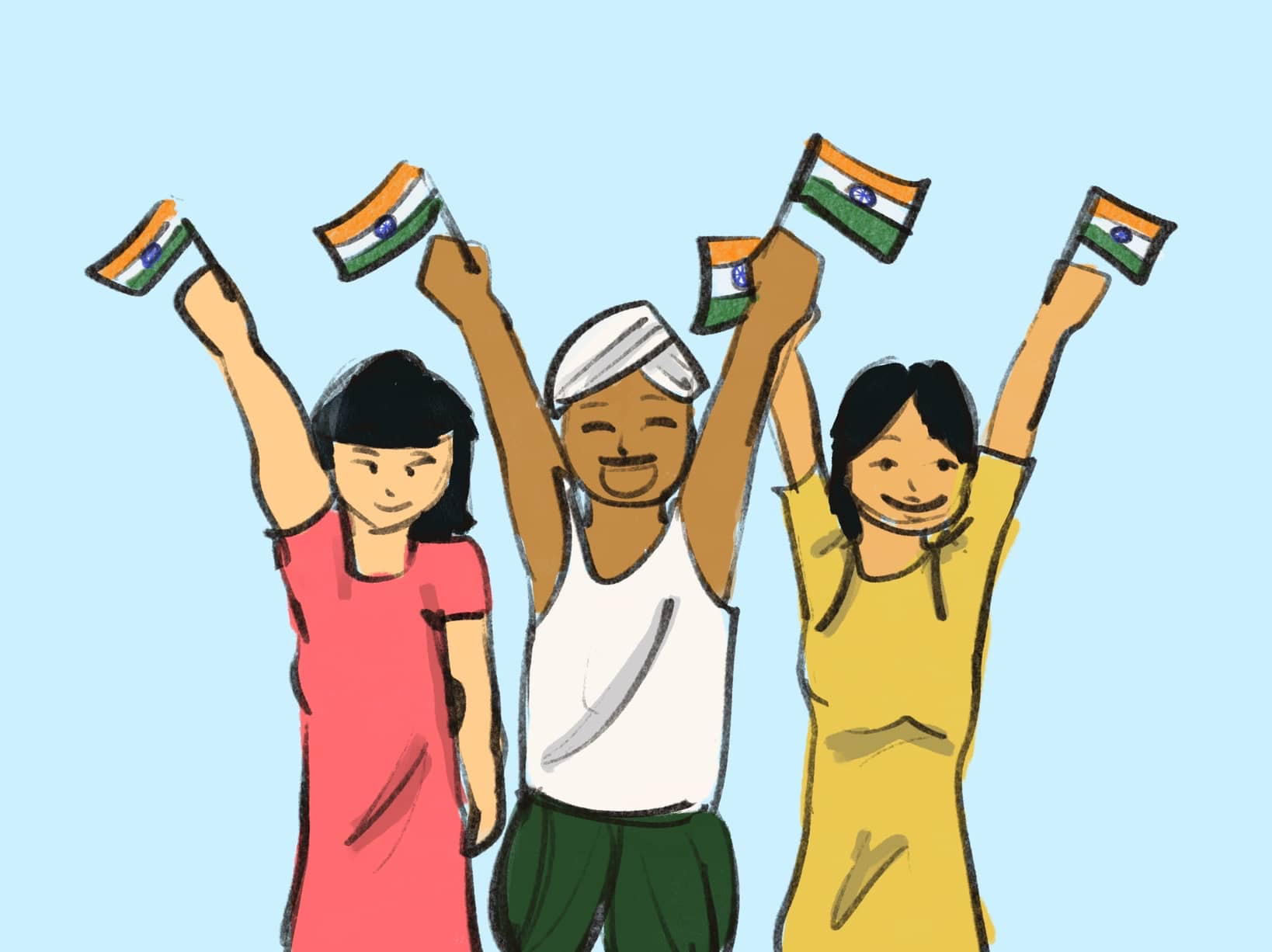
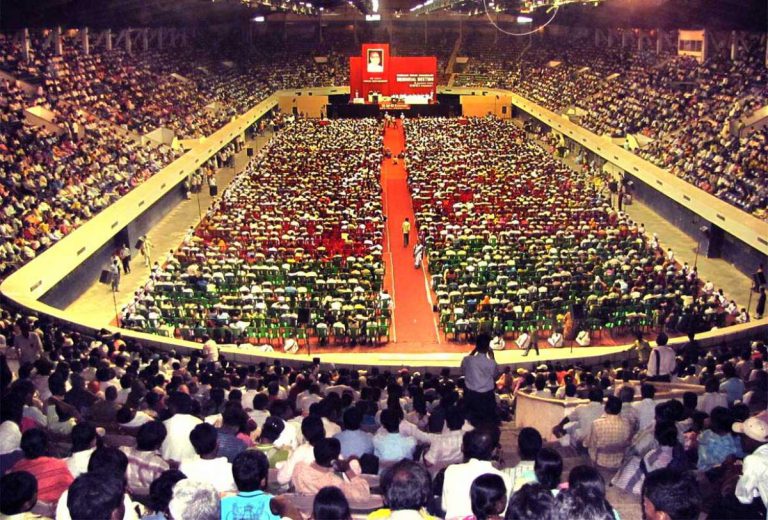
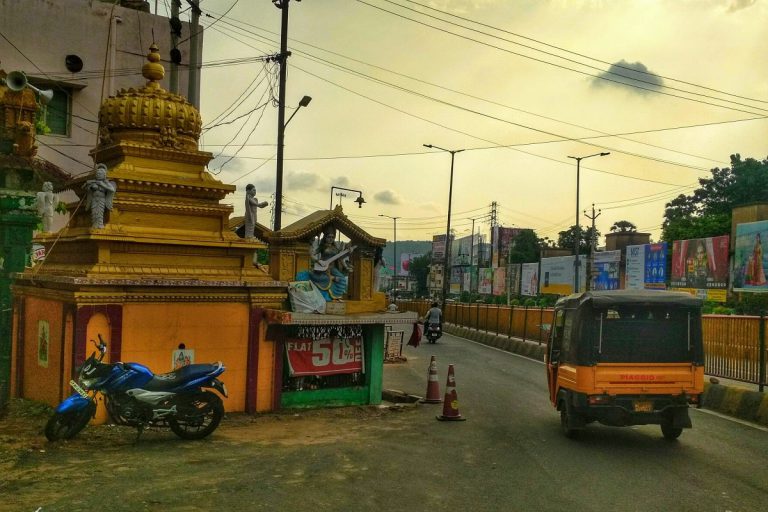

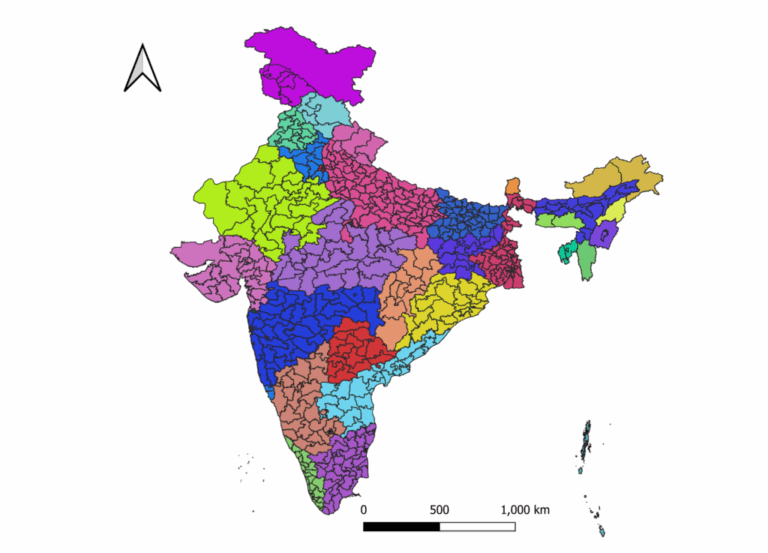
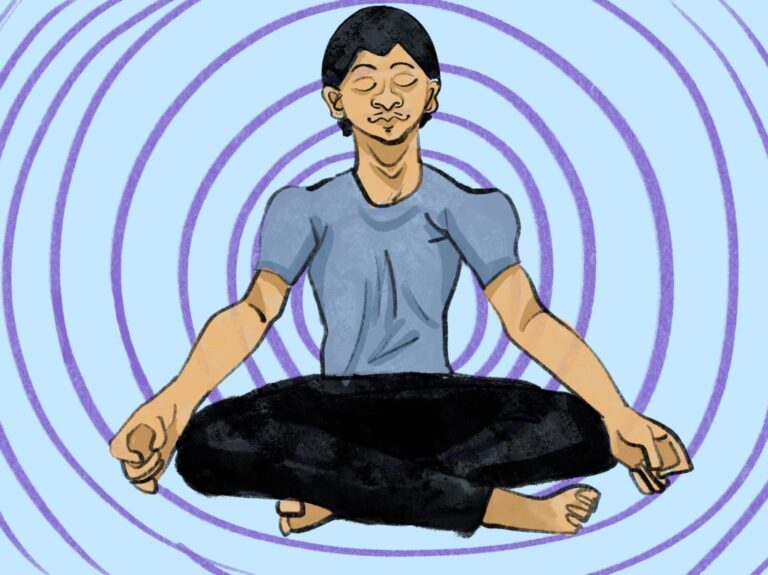

An article of high importance for students especially for those who aim at quiz competition.
Should save and preserve it for reference.
Well presented Jayan.